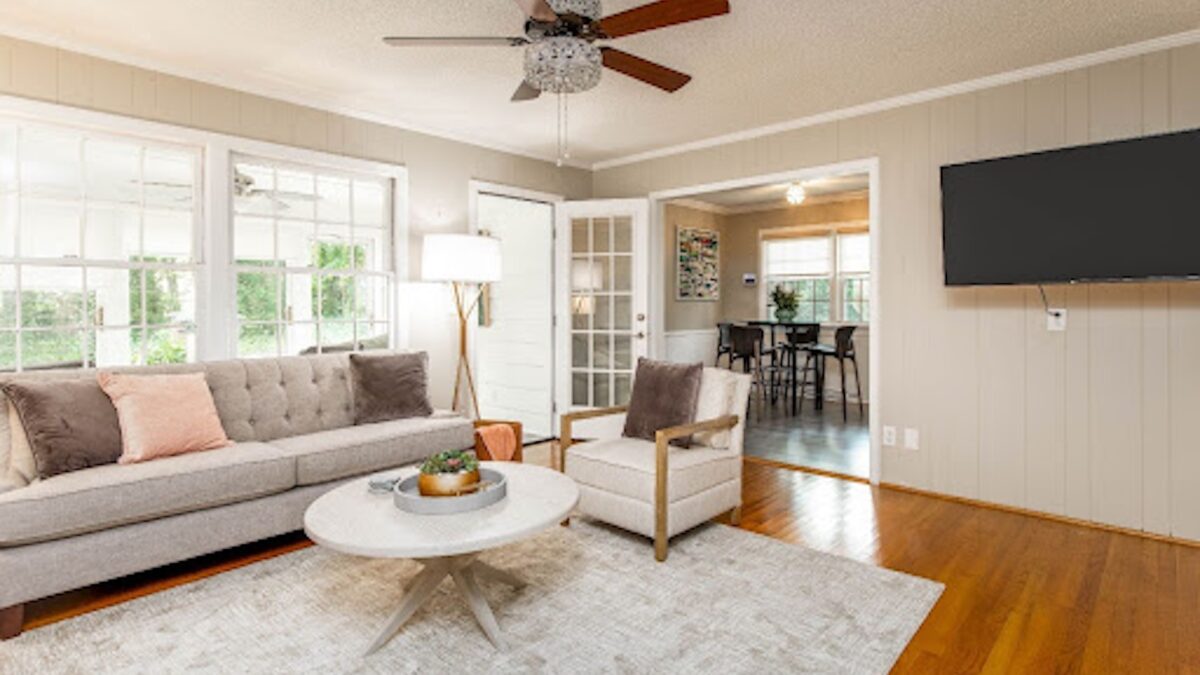Planning a big move to the Big Apple is a daunting task, especially if you’ve never lived in a metropolitan area before. House hunting alone is enough to raise your blood pressure, never mind the many hassles that come along with any relocation. But, your family’s transition doesn’t have to be difficult. Between the assistance that the military provides and simple things you can do to minimize inconvenience, you’ll be up and running in no time.
1. Take Advantage of Temporary Lodging
If you need to house hunt, then remember that the military will partially reimburse you for temporary lodging. This could be a huge help in a high-cost real estate market like NYC, where it also takes time to become familiar with the various neighborhoods. Keep in mind that NYC has one of the best mass transit systems in the nation, so you don’t necessarily have to live in the community where you’re stationed. Starting out in temporary lodgings can buy time to make these decisions.
2. Downsize Your Belongings
Properties in NYC don’t offer much square footage, and, although the government may pay for the cost of moving and possibly even storing your goods, be realistic. You love that giant sectional couch, but if the only way you can fit it in your new home is to bang the front door on it every time you enter the house, then you probably want to downsize your furniture.
Since you’ll be dealing with less space, consider donating or selling big items before you move. Not only are pieces like armories, desks, and dining tables a pain to move, they could very well be too bulky for your new place. List your largest items, and then decide which are keepers — think, family heirlooms — and which need to go, like that 12-seater patio table.
3. Pack Smart
Even though the government is likely handling your move, any relocation is stressful, so do yourself a favor and be organized while packing your belongings. Here are some tips to keep in mind:
- Put important paperwork and documents in one box, and if you can digitize securely, then do it, so you’ll have a backup in case anything gets misplaced.
- Prepare a box of essentials your family will use immediately, such as toilet paper, toothbrushes, bedding, soap, snacks, shower curtains, and a box cutter. Have each family member pack an additional personalized essentials box.
- Snap photos of your expensive belongings, and make notes about their condition on the Bill of Lading the movers supply.
- Pack everything by category (linens, books) or room (office, kitchen) and label them. It will feel tedious, but label each side of every box so you know what’s inside without having to rotate it. You will thank yourself later.
- Don’t overload your boxes. Heavy boxes can break during a move, and, since this is New York City, you might be climbing stairs all day.
- Personally travel with small valuables, such as jewelry.
4. Plan Ahead for Moving Day
To ensure your day-of plans go smoothly, learn everything you can about your new abode. Confirm the day and time of your move with the property manager and ask about any paperwork you might need to complete. Measure stairwells, elevators, and doorways if you’re concerned about big furniture fitting. Ensure there’s enough parking for the moving van and that there aren’t any special events or scheduled street cleanings that could hold up the event.
5. Make Yourself at Home
Even if you’ve done everything right, moving is exhausting for everyone. So, when you get the chance, go have some fun. A great way to feel at home and become acquainted with the local area is to take a class or join a club. NYC has something for every interest, from cycling to yoga to knitting. It’s also not uncommon to find free introductory classes, especially at gyms. The New York Public Library sponsors tons of free classes, and Fort Hamilton offers a free gym to military members. Just be sure to get an NYC license or ID card to take advantage of these offers. Whatever you choose, reward yourself and go explore that exciting city.
CORT Furniture Rental can help you feel quickly at home in NYC by outfitting your space with comfortable furniture that’s the right size for your new residence, and you can even mix and match what you already have with individual rental pieces to see what works and what won’t in your space.





